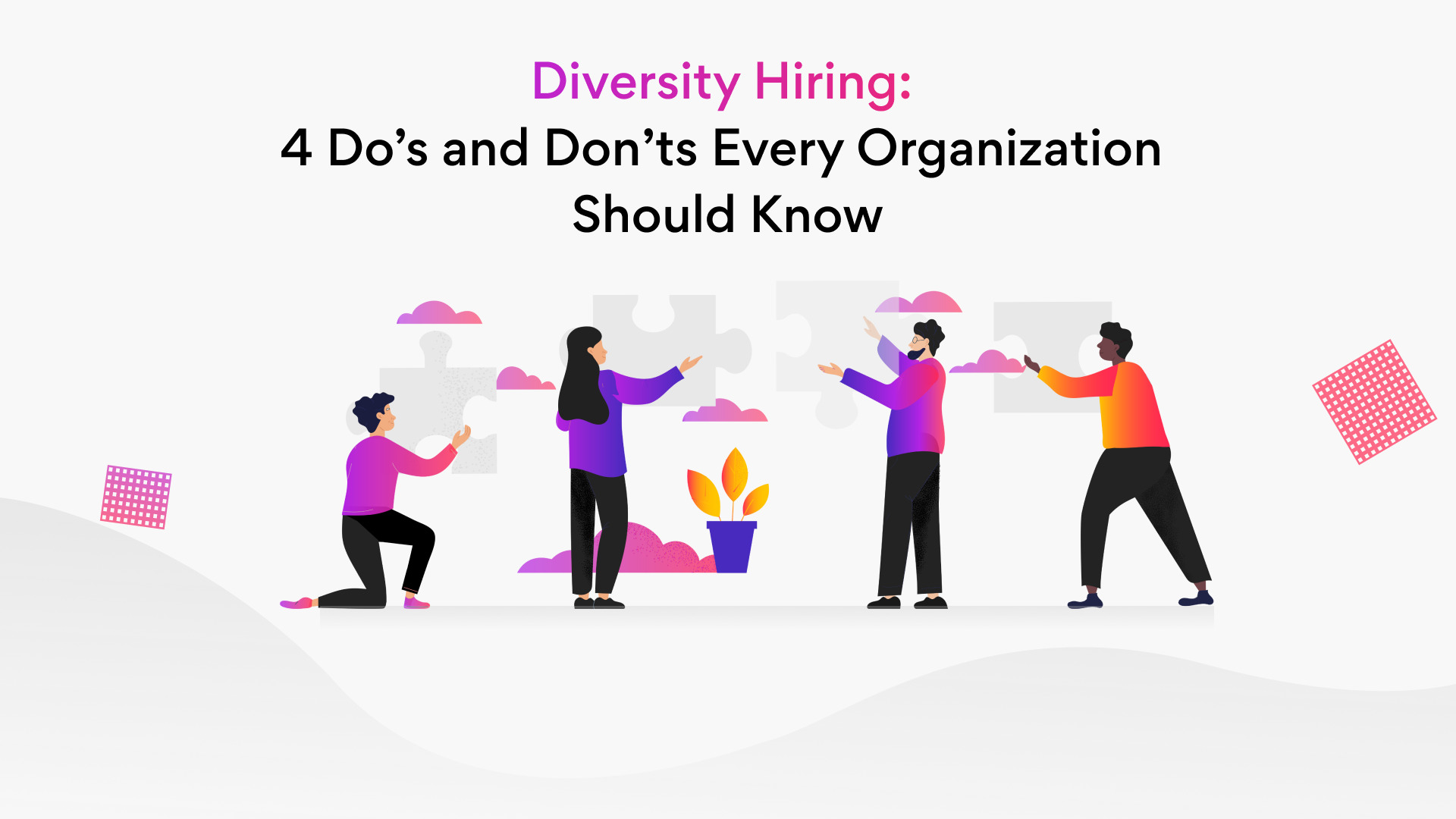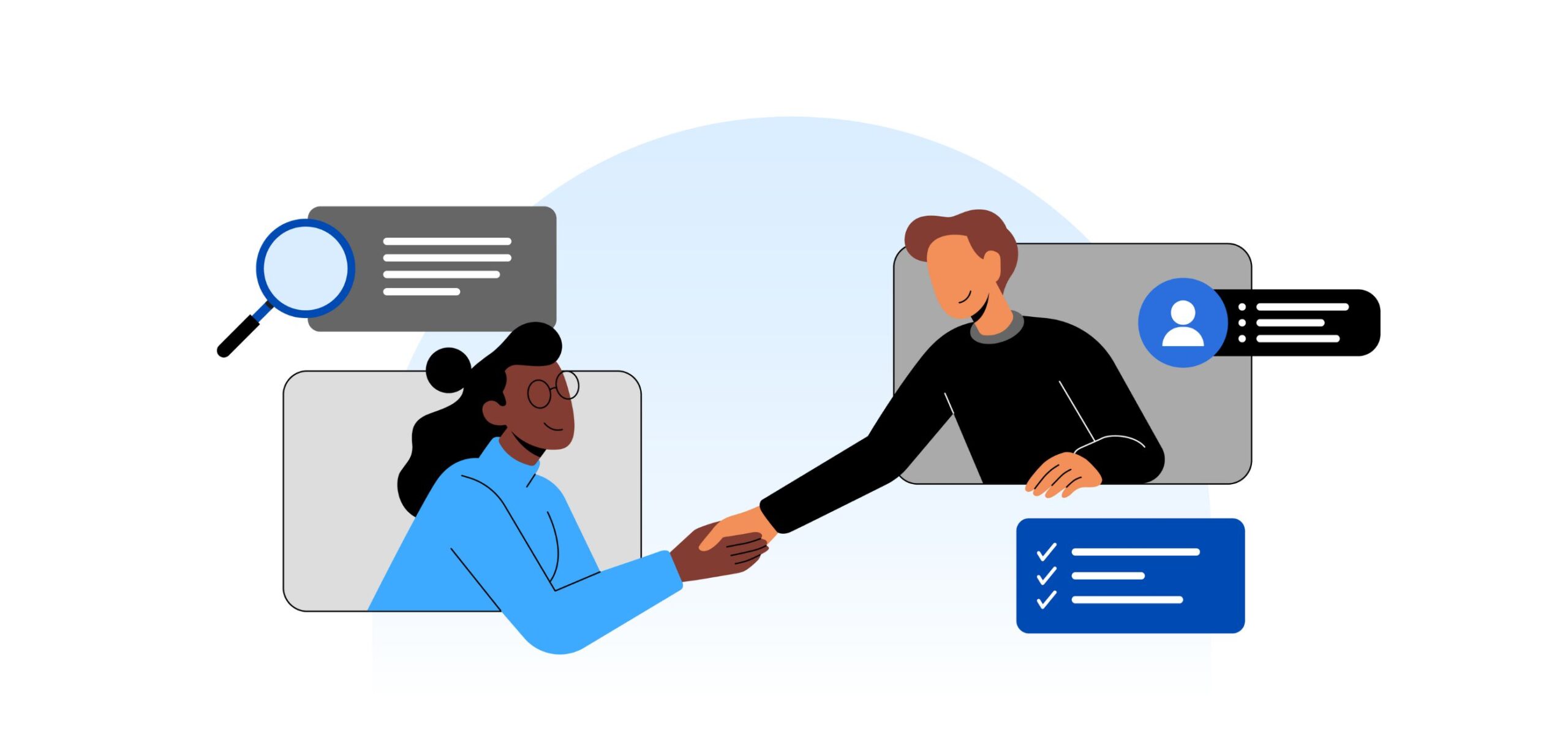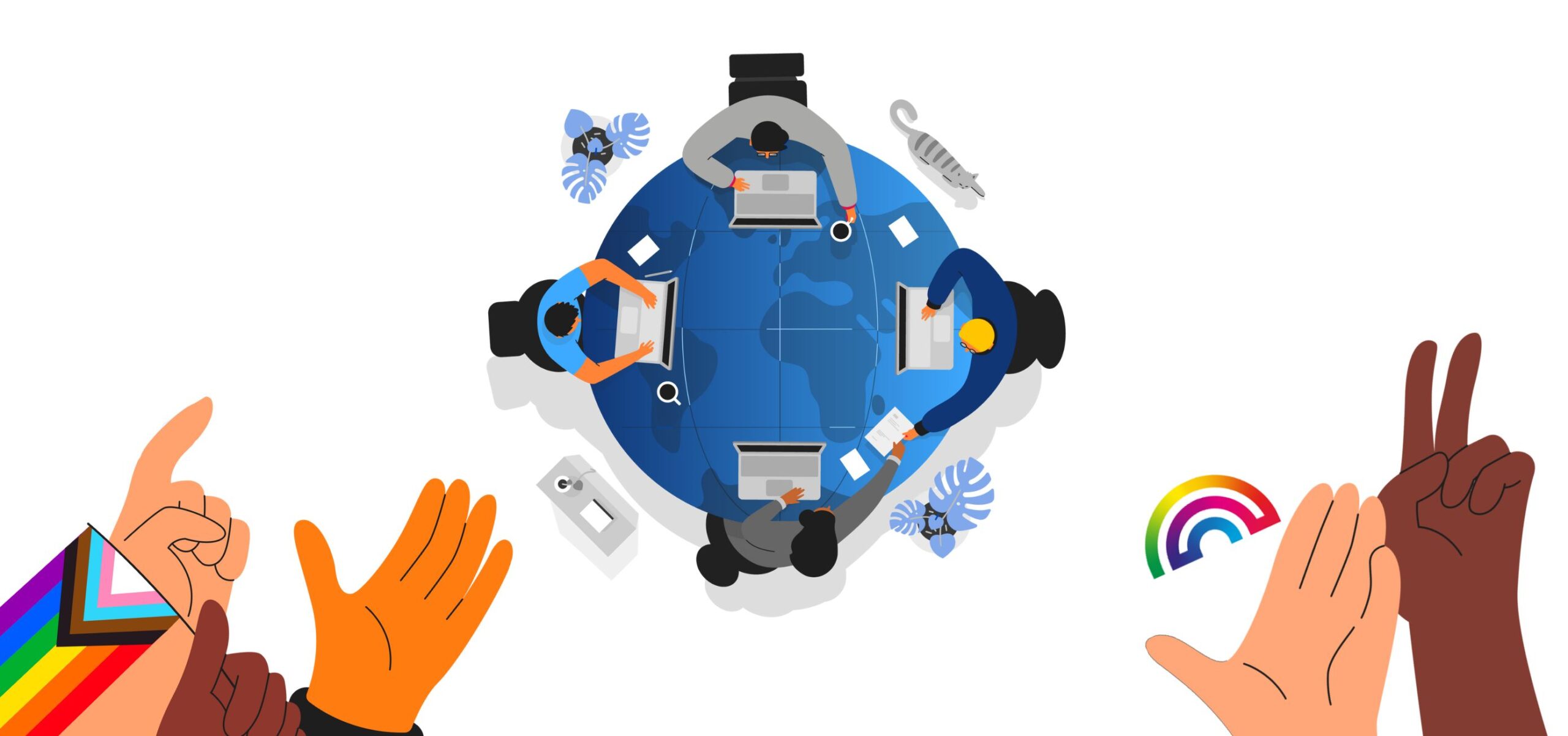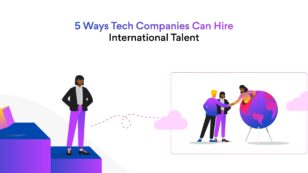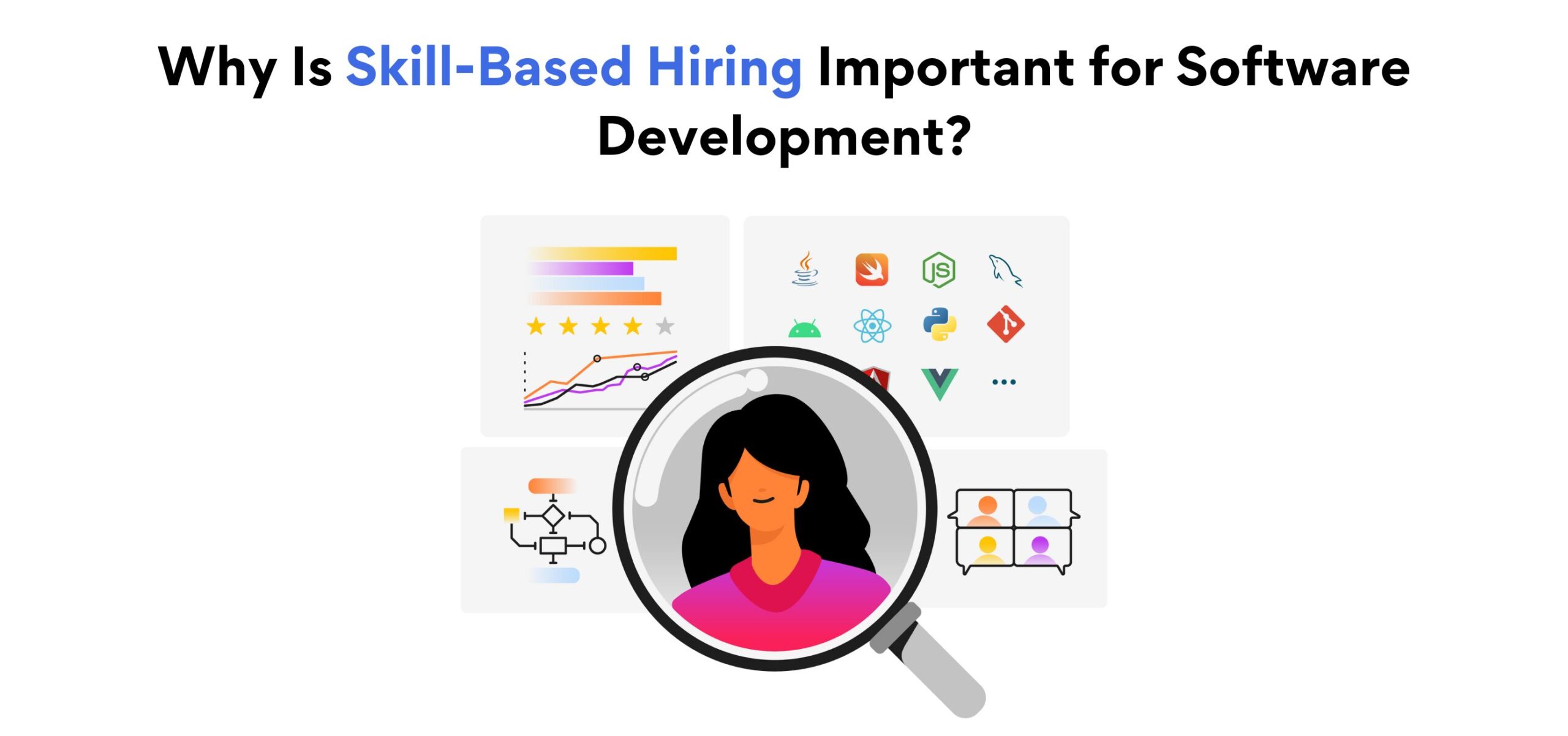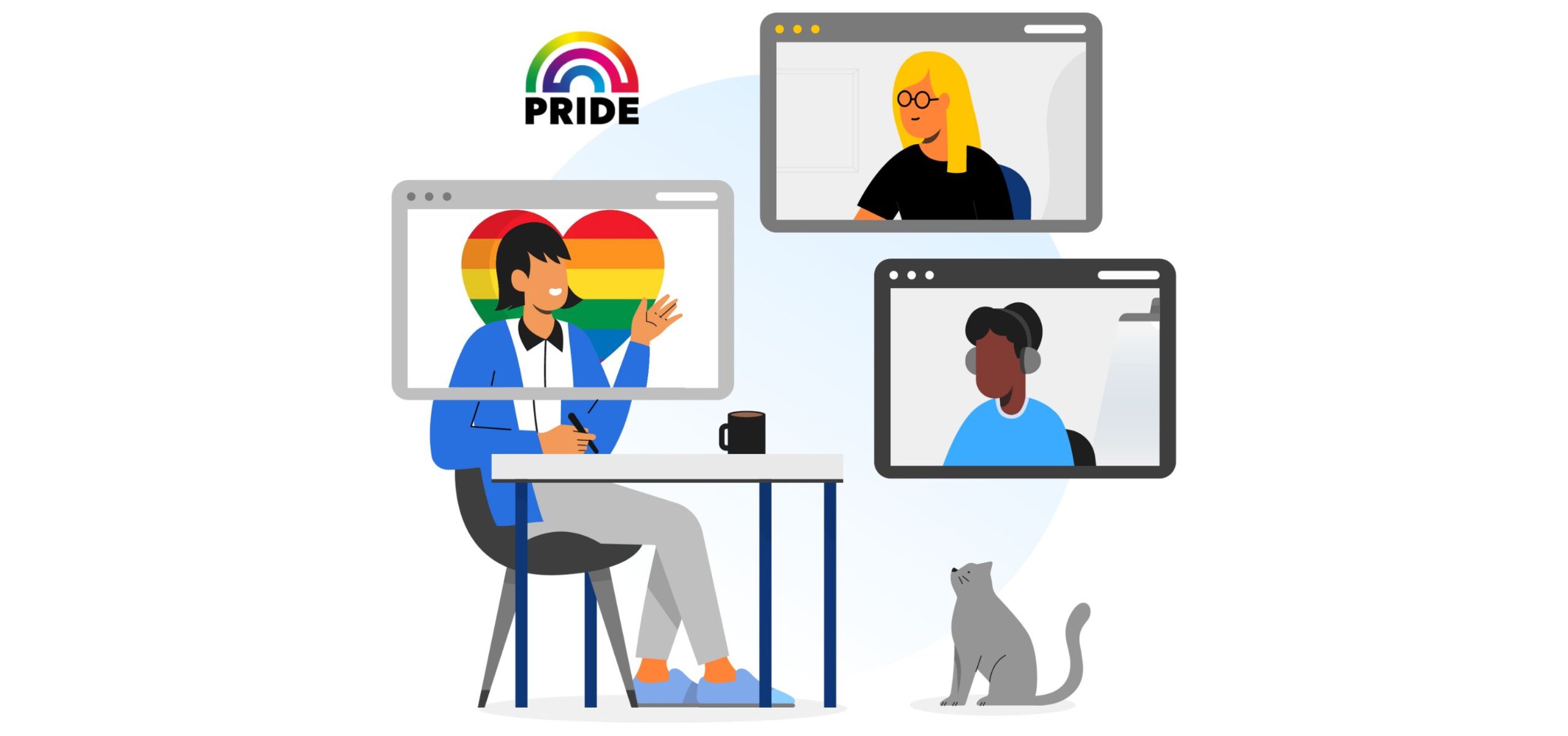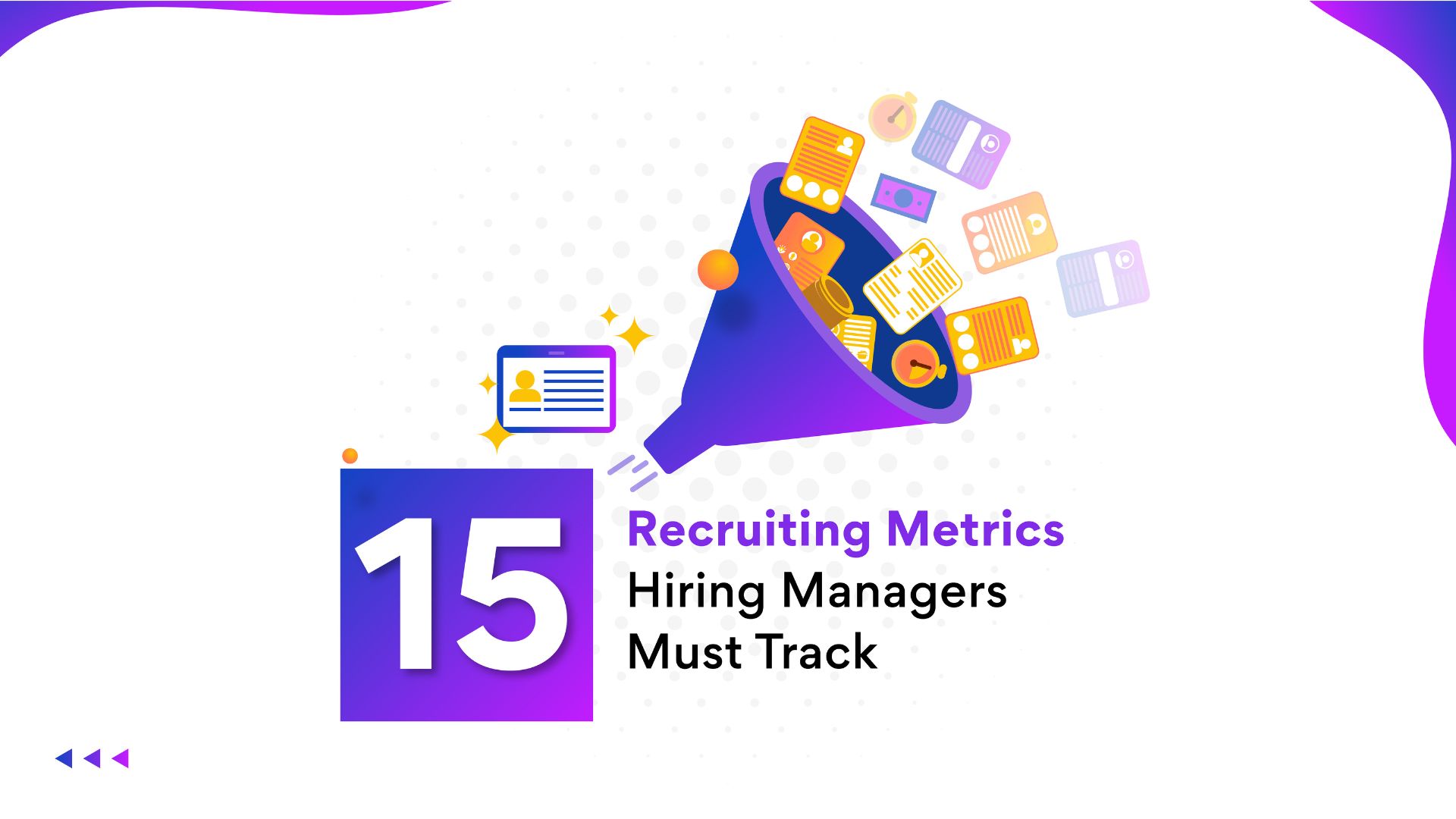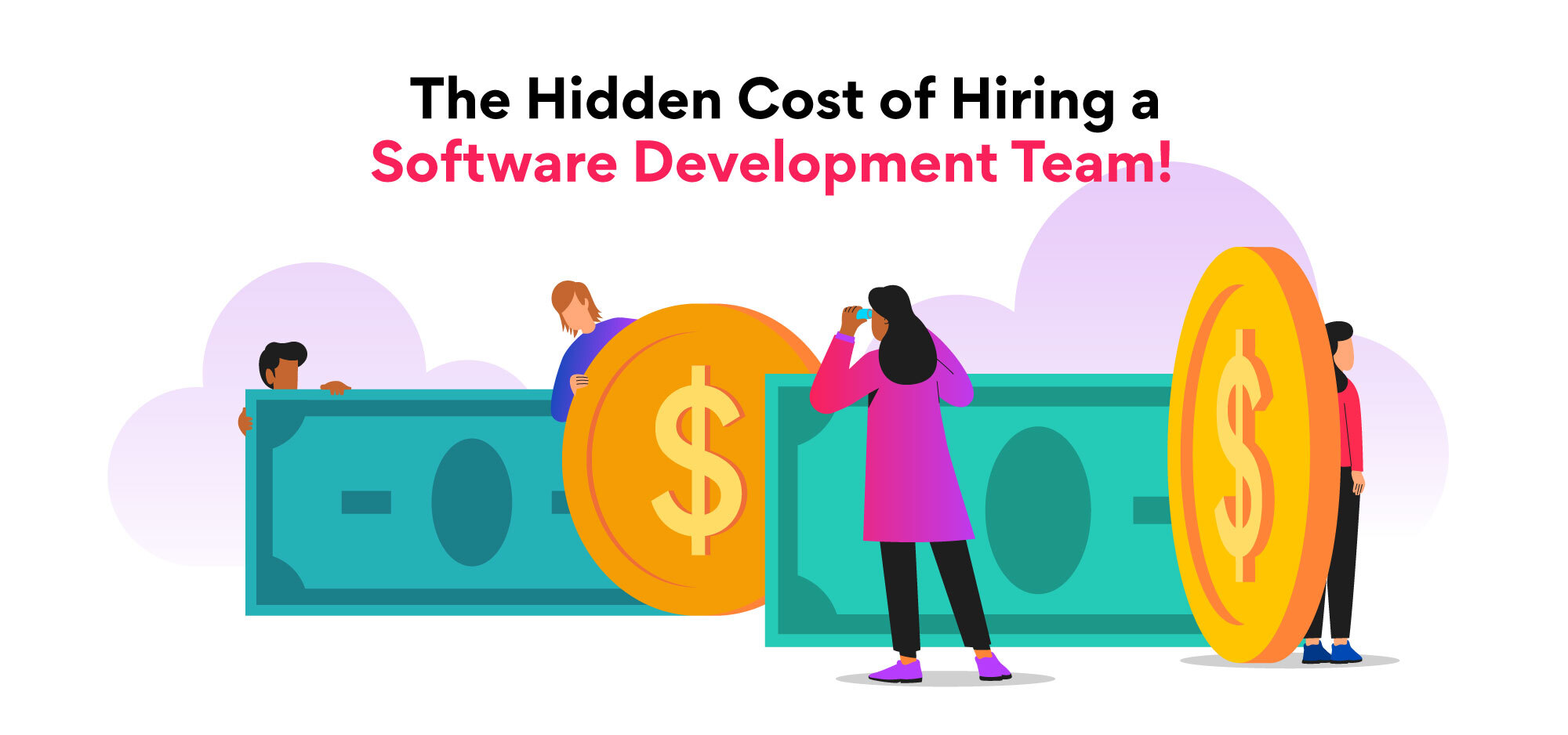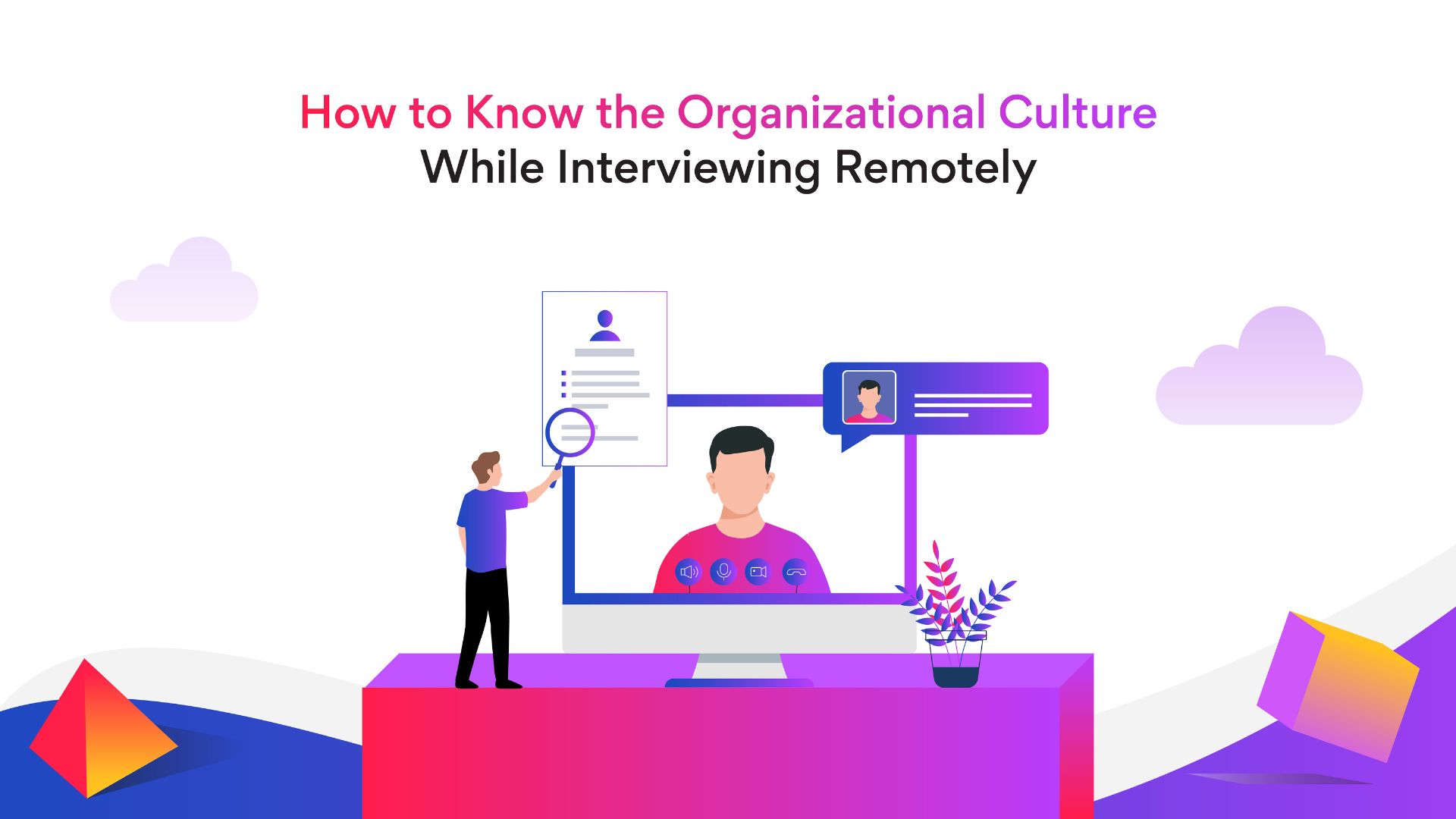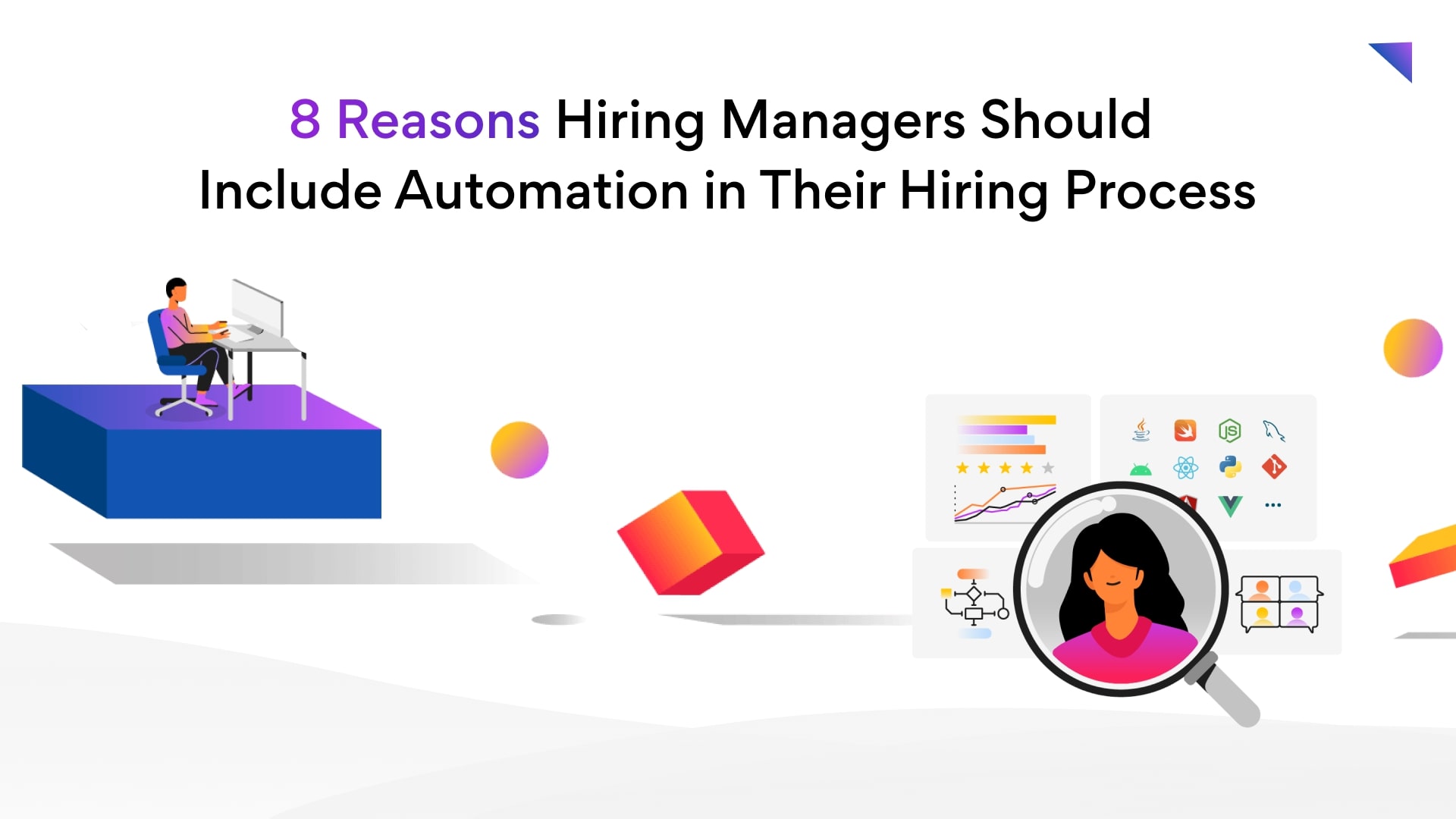Diversity Hiring: How to Hire Diverse Talent for Your Company?
Diversity hiring is the first step toward creating an inclusive workplace culture. But how do you make diversity hires?
Even though people of color make up more than half of the general population, most of the US workforce (78 percent) is white. In addition, Americans without disabilities are 2.5 times more employed than Americans with disabilities.
Only 7 percent of Fortune 500 CEOs are women, and even fewer are women of color. And 46 percent of LGBT employees believe they must hide aspects of their identity at work to avoid discrimination.
Despite these depressing figures, businesses are coming forward to prioritize diversity hiring.
Focussing more on diversity in hiring, Target has stated that it wants to raise Black employee presence in its workforce by 20 percent over the coming years, while PepsiCo shared its plans to increase Black representation in US managing roles by 30 percent and Hispanic representation by 10 percent by 2025.
Diversity in hiring is no longer merely a moral requirement for businesses. Several research reports stated: Employees prefer diverse organizations to their homogeneous competitors, and companies that diversify their leadership teams earn more money.
This post explains what diversity in hiring means and how you can start hiring underrepresented groups and cultivating an inclusive culture in your organization.
Let’s get started.
What is diversity hiring?

What is Diversity Hiring?
For many reasons, hiring managers may consciously or unconsciously ignore, dismiss, or discriminate against qualified, diverse individuals. Diversity hiring reduces biases based on a candidate’s age, ethnicity, sexual orientation, gender, religion, and other personal traits unrelated to job performance. In addition, diversity hiring detects and eliminates potential biases in sourcing, screening, and shortlisting applicants. Did you know? Several tech companies are hiring autistic adults to embrace neurodiversity in tech.
Why does diversity hiring matter?

Advantages of Diversity Hiring
- Companies with a diverse workforce have 19 percent higher revenues.
- Companies with a diverse workforce are 1.7 times more likely to innovate better products and services.
- Seventy percent of job seekers say diversity is essential when considering a company.
- Eighty-five percent of CEOs and managers say that having a diverse workforce improves overall productivity.
In addition, diversity hiring helps organizations in the following ways:
-
Diversity in hiring grows the company’s talent pool
Organizations that hire diverse talent have a broader talent pool than those that don’t. As more people relate to such organizations, their job openings attract a wider range of individuals from various backgrounds. -
Improves employee productivity and retention
Oraganizations that make diversity hires see better employee performance. Employees who feel accepted and valued are more satisfied, and happy employees are more productive and less prone to quitting. -
Enhances creativity and innovation
The confluence of varied experiences, working styles, and cultural backgrounds spark new ideas and collaboration, bringing innovation and creativity to work. -
Benefits the employer brand
Customers, potential employees, and possible business partners find a diverse team more attractive, as a diverse workforce reflects an open culture, creativity, and modernism.
Four do’s and don’ts of diversity hiring
Even though diversity in hiring is rising, 97 percent of corporations in the United States fail to reflect the demographic mix of the country’s workforce in their senior leadership teams.
But you don’t have to do the same. Instead, you can lead your company toward inclusivity. Here are the four do’s and four don’ts of diversity hiring to make a difference:
Do’s

Diversity Hiring – Things to Do
-
Measure diversity in your existing workforce
Assess your team’s diversity before deciding on diversity hiring strategy.
Set reasonable targets based on your hiring estimates for the coming year once you understand your present diversity figures in employees. Here is a way to measure diversity in your current employees:
Circulate an anonymous survey to gather diversity data. Online tools, such as SurveyMonkey and Typeform can help you create surveys in minutes using reader-friendly templates.
Related post: Engineering Managers, This Is How You Can Judge the Diversity of Your Team. -
Use screening tests to eliminate bias
Screening tests remove unconscious bias that can seep in during the hiring process. Here are a few common biases:
– Geographical bias: Stereotypes linked to a person’s community or region.
– Gender bias: Expecting a gender to perform better or worse than the others.
– Educational background bias: Choosing a candidate over another because of their educational institution.
– Affinity bias: Taking a stronger liking to a candidate who shares similar interests as you.
To remove bias from the diversity hiring process, create a repository of questions and stick to them in the screening tests. Include diverse people in the interview panel and use AI tools to filter applications.
Related post: 8 Ways Hiring Managers Can Include Automation in Their Hiring Process -
Discuss diversity hiring policies openly
You can attract and hire diverse talent, but they won’t stick to the job role for long if they don’t see any diversity efforts beyond the recruiting stage. So, build robust diversity policies to recruit and retain diverse employees. Here are a few factors you can consider before finalizing your diversity hiring policies.
– Personal Time Off (PTO): Consider why your staff might need to take time off. Consider leaves for religious reasons, mental health, rehabilitation, and more.
– Work flexibility: Consider your employees’ personal and family situations while scheduling workdays.
– Sexual harassment: Take reasonable measures as an employer to prevent sexual harassment in the workplace. Also, provide an easy and secure way to report any harassment they encounter or witness. -
Boost your diversity efforts with training and mentorship programs
Mentoring programs help diversify management and leadership teams. According to a recent study, mentoring sessions can increase black, Hispanic, and Asian-American representation from 9 percent to 24 percent in the workplace. A mentorship program allows your diverse employees to receive advice and support they may not have received in the past. Encourage all employees to engage in the program.
In addition, a mentorship program can help you prepare your diverse personnel for leadership roles that they might not otherwise be able to seek. The program will also assist senior management in understanding the problems of diverse team members and motivating them to promote inclusivity throughout the organization.
Don’ts

Diversity Hiring – Things to Avoid
-
Don’t focus only on gender and race in diversity hiring
While answering how to hire diverse employees, gender and race aren’t the only factors to consider. Here are other factors:
– Disability: There are different disabilities, and not all of them are apparent. So, allow equal access to team members of various abilities and disabilities.
– Religious affiliation: There are over 4,300 religions globally. Be mindful of different religious views, practices, and customs. Including people of different faiths will help you receive different perspectives.
– Sexual orientation: Sexual orientation relates to how people develop relationships with others and is distinct from a person’s biological sex and gender identity. Don’t discriminate against employees based on sexual orientation and treat them differently depending on their preferences.
In your diversity hiring process, remove the gender section from application forms. Explicitly mention that you are accepting applications from the LGBTQ2+ community. You can also create a special FAQ section on your website to answer questions related to diversity hiring in your company. -
Don’t ignore diversity training
Every employee must be on board while developing a diversity training strategy. You can identify unconscious biases, understand civil rights violations, and analyze diversity policies put in place by your company in your training.
The following guidelines can help you create effective diversity training, and understand why diversity hiring is important for your employees.
– Communicate clear diversity hiring goals: Your hiring team should be aware of the diversity hiring goals. Share with them the results of your diversity survey and the targets you want to achieve with your next round of hiring.
Discuss the importance of these objectives and build a strategy to recruit diverse applicants. Your team will be more invested in helping you reach your goals if you involve them in the goal-setting process.
– Make your training engaging with role-plays and videos: For example, QED Consulting’s Global Diversity Game brings training to life by allowing your employees to experience what it’s like to be a diverse candidate.
This training step will help employees understand the issues diverse applicants confront and assist them in finding solutions.
– Update training material frequently: Diversity isn’t a one-size-fits-all concept. Last year’s diversity training may not be appropriate for next year’s training program. Regularly examine and change your diversity training material to stay up to date. -
Don’t ignore diversity hiring in your employer branding initiatives
Many employers include a statement in their job advertisements saying, ‘we are an equal opportunity company that values diversity.’ However, if candidates find no mention of such a promise on the company’s website or in policy documents, they may not go forward with the hiring process.
Here are a few ways you can communicate your diversity hiring policies to job seekers visiting your website:
– Share testimonials of diverse employees: Establish social proof that you are devoted to diversity by publishing testimonials from diverse employees. This way, diverse candidates will be more likely to apply for job openings.
– Make team members your diversity ambassadors: All employees are your company’s brand ambassadors. What they say about your company online, on the company’s official blog or on their personal social media handles has a significant impact on your employer brand.
Build a diversity committee to track these developments. Ensure that the committee takes responsibility for answering questions related to diversity policies and is available to discuss diversity-related issues.
– Openly talk about diversity issues: Make sure that your company messaging includes diversity and inclusivity. When diverse applicants look up your organization online, they should be able to see that you actively participate in diversity discussions in your industry and society at large. -
Don’t limit your diversity initiatives to recruitment
To retain and manage diverse talent in your team, you’ll need an inclusive culture. Here are a few tips for creating an inclusive culture in your organization.
– Encourage networking between different levels: Allowing employees to move between teams and levels promotes communication, transparency, and rapport within the organization. This step prevents employees from feeling alienated from upper management.
– Recognize and welcome people’s differences: Creating areas in the workplace to suit the requirements of various employee groups can foster inclusivity in the company. Consider creating prayer rooms, breastfeeding rooms, etc., to accommodate diverse members.
Celebrating other cultures and backgrounds through food, music, dances, and other cultural activities is a great way to bring your team together.
– Encourage everyone to participate in diversity initiatives: Encourage your employees to be active listeners. Establish safe spaces for diverse members to express their concerns and views.
So, why is diversity hiring important?
Bias and stereotypes often affect how we see, interact, and connect with people. Owing to these biases, we tend to boil people down to a single quality and leave it at that. Organizations that implement meaningful diversity hiring procedures help undo decades, if not centuries, of discriminatory treatment.
Turing is one such company. The Palo Alto-based unicorn has employees coming together and collaborating on projects from over 130 countries every day. Turing’s Intelligent Talent Cloud uses AI to source, vet, match, and manage over a million developers worldwide. Visit the Jobs page to know more.
Tell us the skills you need and we'll find the best developer for you in days, not weeks.
